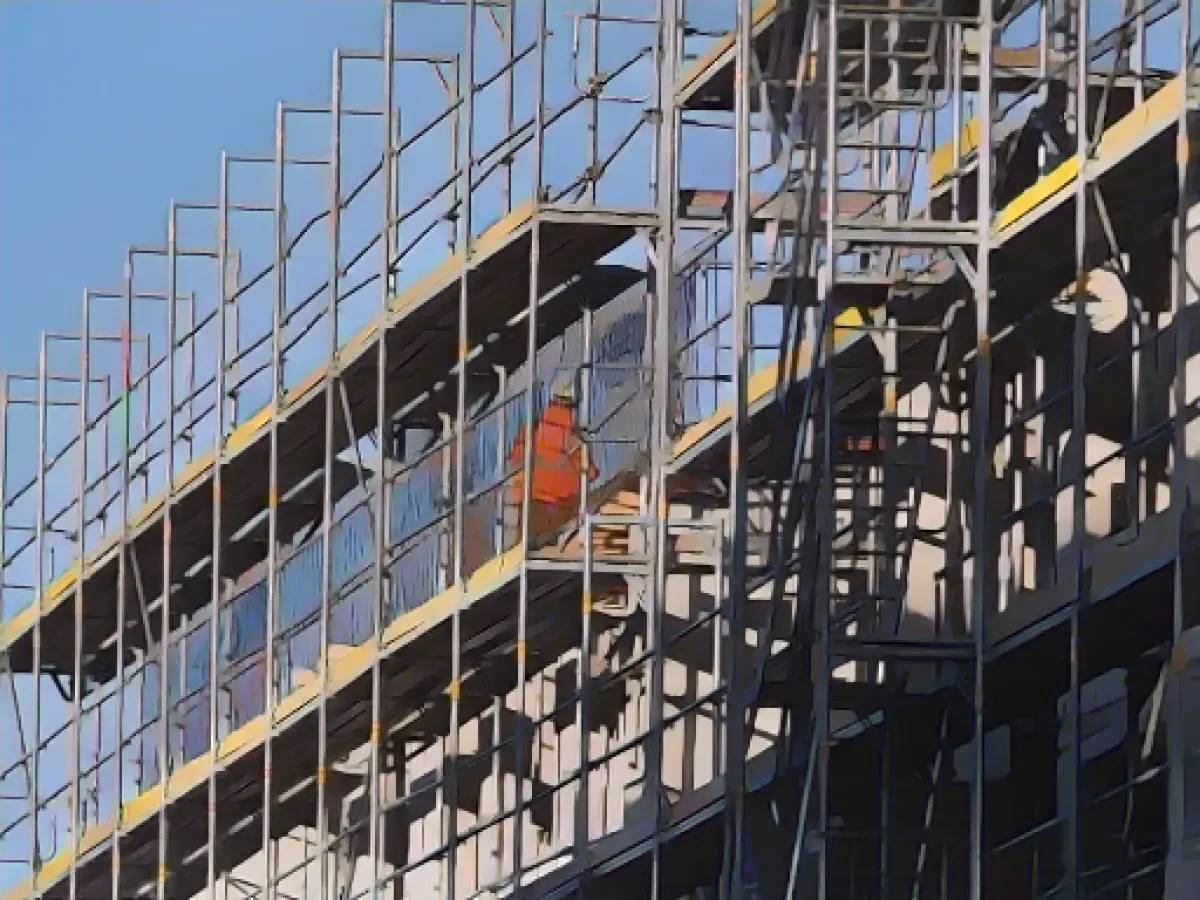Construction and Real Estate Sector's Bankruptcy Spike
The credit insurer Allianz Trade, a part of insurance giant Allianz based in Hamburg, has indicated a dramatic upsurge in bankruptcies in the German construction and real estate sector. As per their records, bankruptcies in the construction and real estate industry in Germany have escalated by 8% in 2022 and an astonishing 20% from January to August 2023. This alarming trend makes these sectors account for over 21% of all insolvencies in Germany.
The real estate sector has witnessing a particularly steep rise in bankruptcies, recording a staggering 42% jump. According to Allianz Trade's analysts, the turn of the tides in interest rates and escalating material costs have shaken up the construction industry, leading to a string of bankruptcies.
The construction sector is currently grappling with a challenging phase. The high interest rates and a substantial surge in material costs are causing construction stops, cancellations, and more recently, insolvencies. Milo Bogaerts, the head of Allianz Trade's operations in the German-speaking region, pointed out that several construction projects are at a standstill due to the soaring interest rates and material costs, resulting in adverse consequences for project developers, construction companies, and the housing market in particular.
SMEs are reportedly the most impacted category within this sector. Due to their relatively limited pricing power, medium-sized companies often find themselves in a precarious position when dealing with major clients. This vulnerability intensifies during economic downturns.
The mounting bankruptcies in the construction and real estate sectors are primarily due to the rise in interest rates and material costs. These factors have negatively affected the sector's profitability, leading to a surge in insolvencies.
Source:
Enriching Insights:
The German construction and real estate sector's struggling economy can be attributed to several exogenous factors:
- Economic downturn: The German economy has experienced two consecutive years of contraction without significant real GDP growth since the COVID-19 pandemic, leading to a decline in demand and orders.
- High interest rates: The increased cost of borrowing resulting from high interest rates poses challenges for companies in the construction and real estate sectors, making financing more difficult through higher debt servicing costs.
- Slump in orders: Prolonged contraction in exports to China - a significant market for German goods like construction materials and machinery - has adversely affected the German construction industry's order situation.
- Competitiveness issues: Germany faces a growing competitiveness gap with the US and China due to higher energy prices and a technological and productivity gap between the three economies, making it challenging for German firms to compete internationally.
- Subsidy termination: The Scholz government's abrupt halt of electric vehicle subsidies in late 2023 has negatively impacted the sales of electric vehicles, which had been a growing segment in the real estate sector.
- Tax and bureaucratic burdens: High taxes and bureaucratic costs are additional burdens that have increased operational costs for companies in the construction and real estate sectors.
These factors have induced a multifaceted impact on the German economy:
- Reduced Economic Activity: The increase in bankruptcies in the construction and real estate sectors leads to less economic activity, resulting in lower GDP growth and high unemployment rates.
- Supply Chain Disruptions: Bankruptcies among suppliers can disrupt supply chains, affecting other industries that rely on these suppliers and potentially resulting in critical material shortages.
- Investment Decline: Uncertainty and instability in the construction and real estate sectors can deter new investments, as potential investors may be reluctant to enter markets with high risks.
- Long-term Consequences: Prolonged economic stagnation and high bankruptcy rates can result in underutilized infrastructure, reduced competitiveness, and a potential decline in Germany's overall economic resilience.







